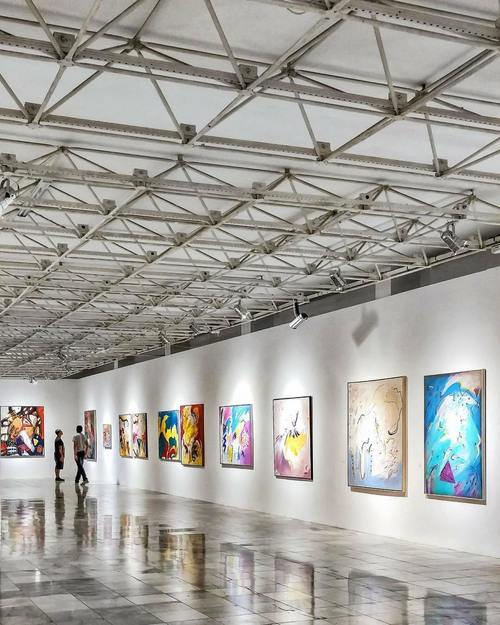
Form follows function is certainly true in artistic expression, where an artist’s work takes the form of its intended purpose. Developing contracts for transactions involving art is similar to the popular idiom. Each clause has an intended purpose, painstakingly crafted to bring a masterpiece to life, ensure each party is protected, and detail the intrinsic value of the work of art. For these reasons, companies like https://precisely.se/ offer four ways for artists and dealers to protect the art they love.
For some artists, the business side of art is perhaps less inspiring but ultimately as important as the work itself. This is especially true for commissioned works of art, which require the artist to meet the terms and objectives of the buyer who has asked him to create an original piece. Businesses, individuals, and government entities commission art work, which is why a detailed contractual agreement is vital to detail the obligations of both parties in the transaction. For instance, an agreement may detail the creation process, payment schedule, and ownership of the completed project.
Art is a field fraught with competition and obstacles, opening the door for management professionals to charge fees for handling business for aspiring artists. Management agreements detail the duties of each party, fees, and contract terms. The manager gives an artist counsel, advice, and direction, ensuring that he or she makes business savvy decisions in bringing the art to the market and helps protect the artist’s work and reputation.
Galleries often sell artwork on consignment, meaning that the company splits the sale proceeds with the artist. Consignment agreements include the percentage of the gallery’s commission, exclusivity clauses, expenses the gallery incurs, promotional considerations, and insurance costs. Generally, galleries receive 50 percent commission after expenses. These types of arrangements are developed as short and long-term agreements, giving artists opportunities for exposure to the artistic community and both parties streams of revenue.
By exhibiting an artist’s work, an organization agrees to borrow the art on a temporary basis. The agreement includes the fees, art value, insurance, and which party is responsible for shipping and installation. These types of agreements ensure that each party understands its contractual obligations. For behind the beauty of artistry there is a functional business world, where artists must sign on the dotted line to release creative masterpieces to the world.